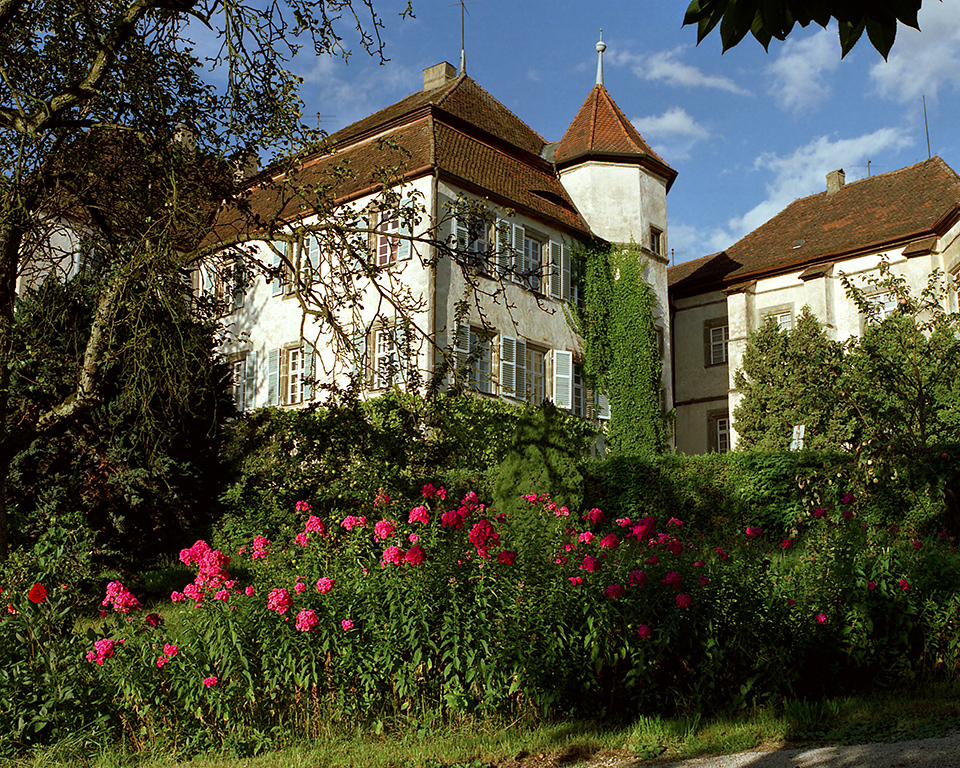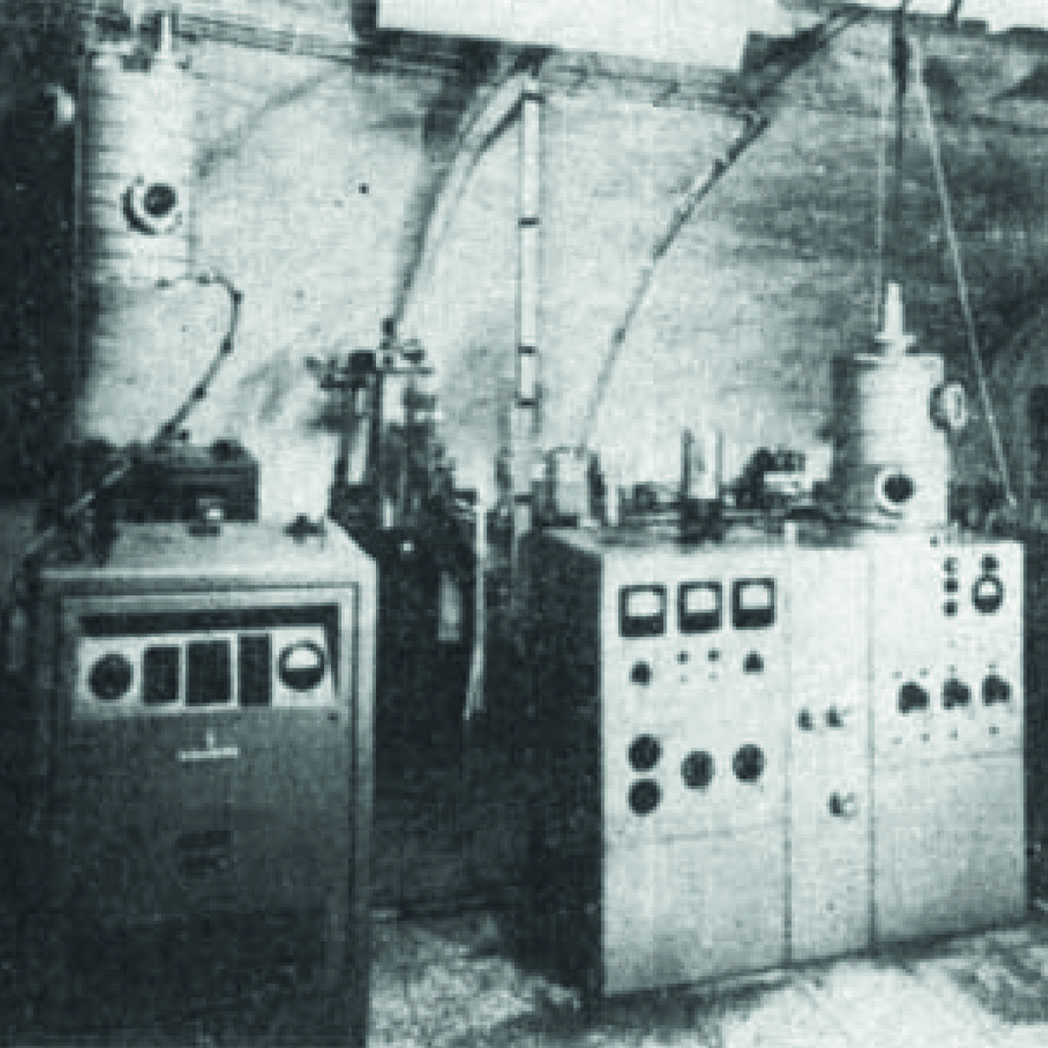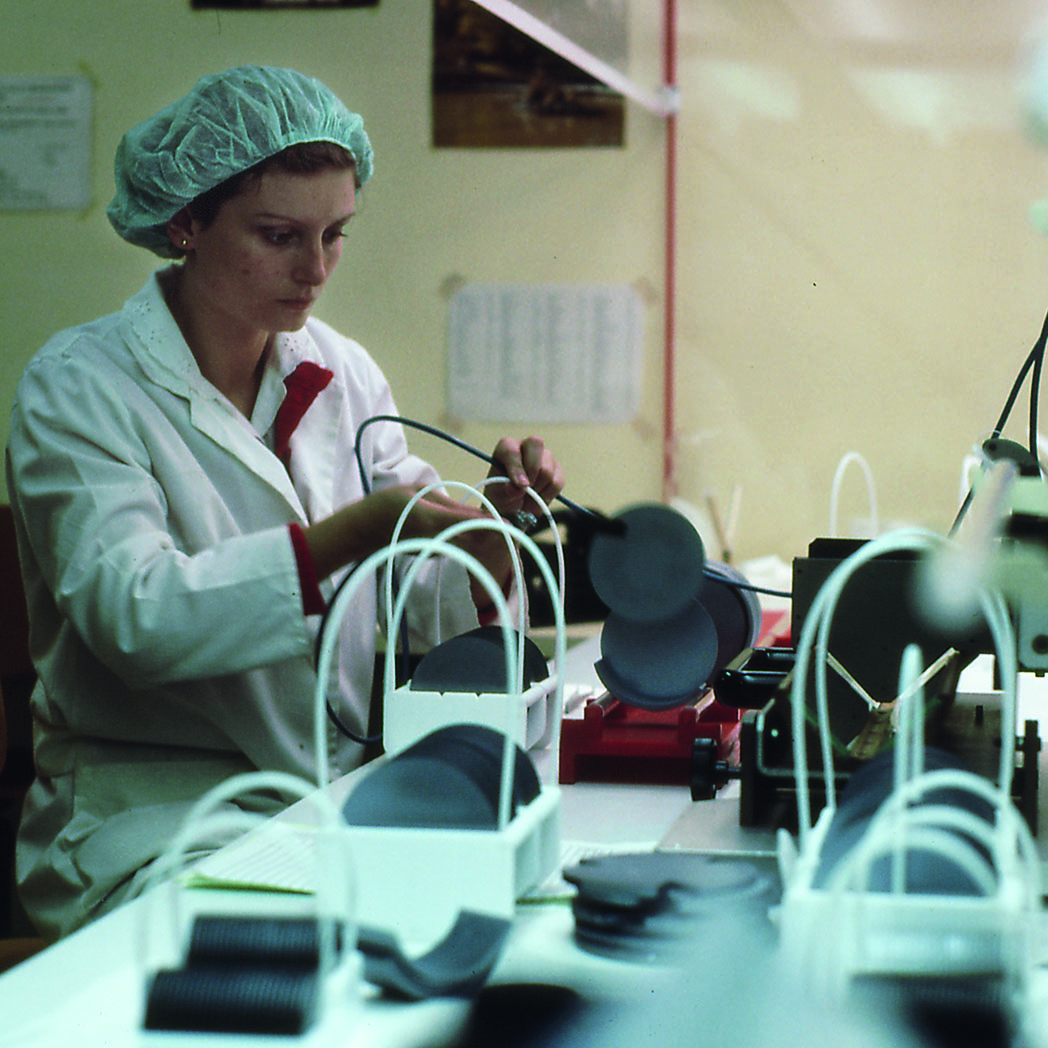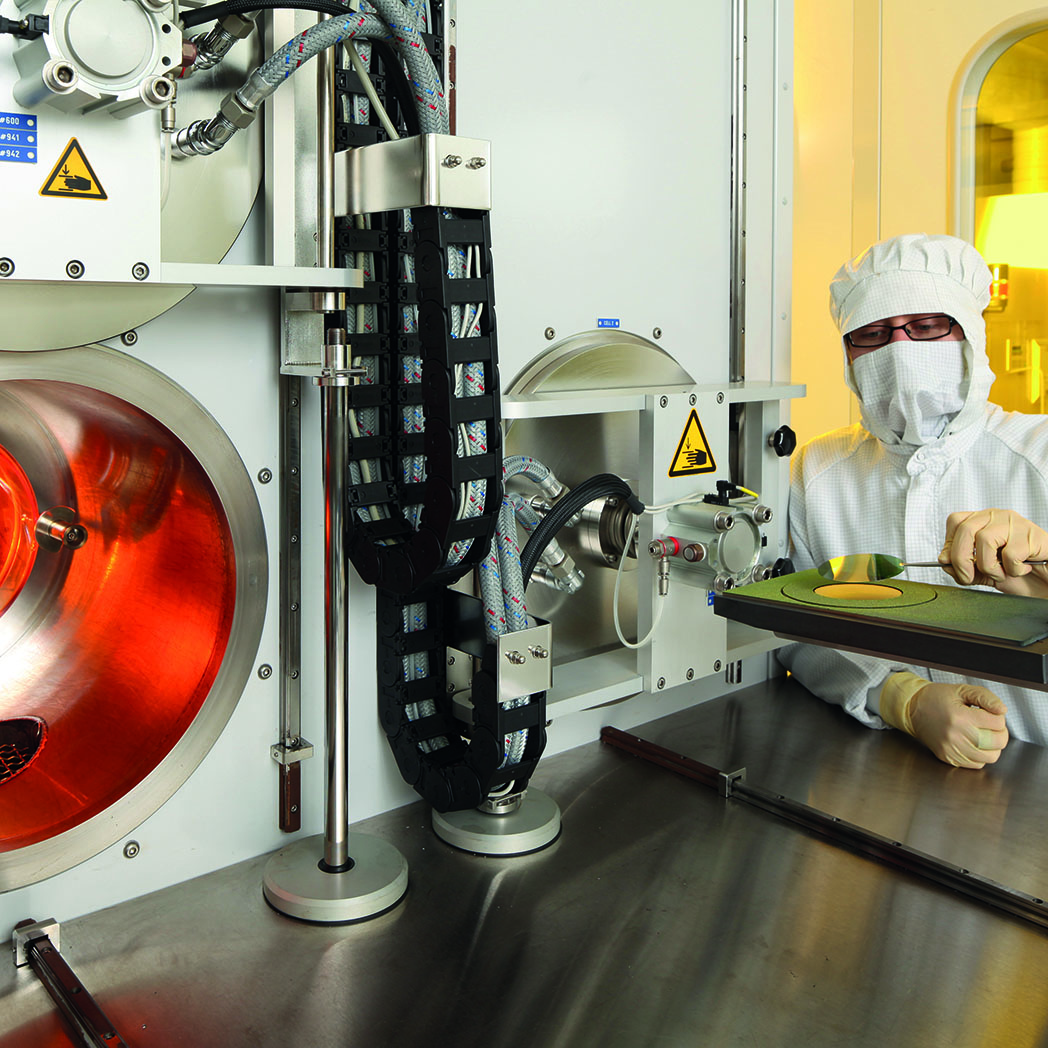History of the IISB – from 1985 until Today
The Fraunhofer Institute for Integrated Systems and Device Technology IISB in Erlangen has established itself as an important center of applied research and development for electronic systems, power electronics, semiconductor technology, and materials development in the Nuremberg metropolitan region, Germany and Europe.
It was founded in 1985 when the Fraunhofer-Gesellschaft took over the Erlangen-based "Zentrum für Mikroelektronik und Informationstechnik GmbH" and turned it into the Fraunhofer Working Group for Integrated Circuits AIS. Within this working group, there was the Department of Device Technology AIS-B, which became a Fraunhofer Institute (IIS-B) in 1993. However, IIS-B was still formally affiliated with its sister institute IIS-A, today's Fraunhofer Institute for Integrated Circuits IIS in Erlangen-Tennenlohe. In the fall of 1994, IIS-B moved into a new institute building on the campus of the Technical Faculty in Erlangen. At the beginning of 2003, IIS-A and IIS-B became formally independent institutes and have since then the names "Fraunhofer Institute for Integrated Circuits IIS" and "Fraunhofer Institute for Integrated Systems and Device Technology IISB".
Prof. Heiner Ryssel headed the IISB from 1985 until his retirement in 2008. Prof. Lothar Frey succeeded Prof. Ryssel in October 2008. Between 2018 and 2021, the IISB was provisionally headed by Prof. Martin März. Since September 1, 2021, Prof. Jörg Schulze has been Institute Director of the IISB.
 Fraunhofer Institute for Integrated Systems and Device Technology IISB
Fraunhofer Institute for Integrated Systems and Device Technology IISB


